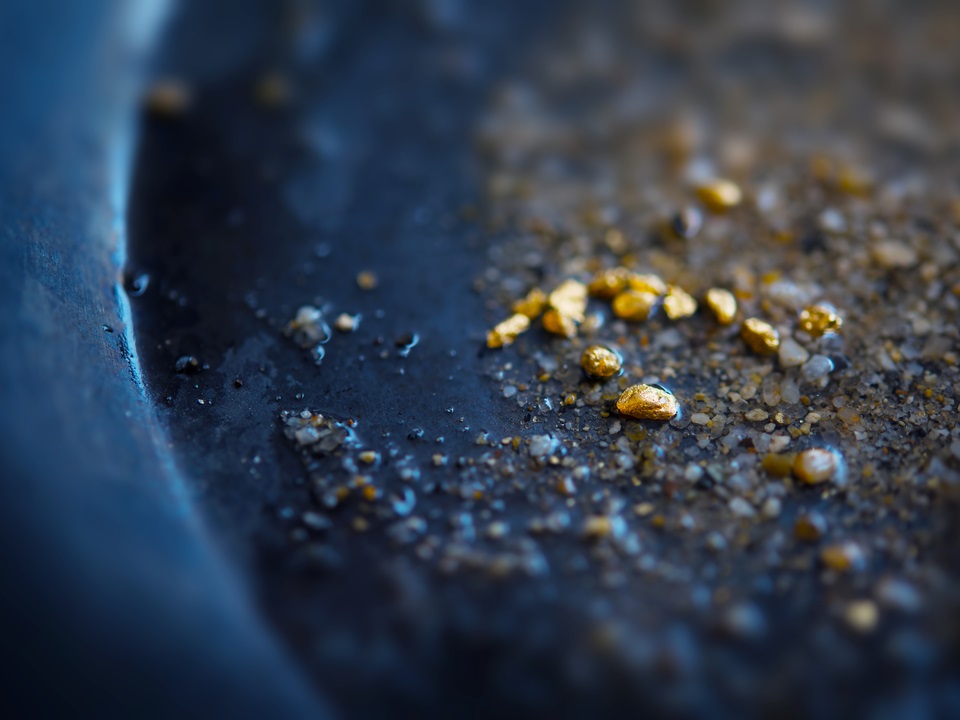How To Pan For Gold

Gold panning, often romanticized in movies and literature, isn’t just a relic of the past. It’s a skill and a hobby that still captivates people today, offering not only the thrill of discovery but also a connection to history and nature. Whether you’re seeking a new outdoor adventure or hoping to strike it rich, learning how to pan for gold can be both rewarding and exhilarating. In this beginner’s guide, we’ll walk you through the basics of this timeless pursuit.
Table of Contents
ToggleUnderstanding the Basics
Gold panning is the process of sifting through sediment in water to find traces of gold. It requires little more than a pan, water source, and patience. However, mastering the technique takes practice and a keen eye. Before you start, it’s crucial to understand the fundamentals:
Location, Location, Location
Research and choose a promising location known for gold deposits. Look for areas where gold has been found before, such as rivers, streams, or old mining sites. Local geological surveys or online resources can help you identify potential spots.
Gear Up
While gold panning doesn’t require extensive equipment, having the right tools can make the process more efficient. You’ll need a gold pan, preferably one with riffles to trap the gold particles, a shovel or trowel for digging, and a classifier or sieve to separate larger rocks from sediment.
Technique Matters
The key to successful gold panning lies in technique. Start by filling your pan with sediment from the riverbed. Submerge it in water and shake it gently to allow the lighter materials to float away. Tilt the pan slightly and continue swirling the contents in a circular motion, allowing the heavier gold particles to settle at the bottom.
Practice Patience
Gold panning is a test of patience. It’s unlikely you’ll strike it rich on your first try, so approach it as a leisurely activity rather than a get-rich-quick scheme. Take your time, enjoy the scenery, and relish the anticipation of uncovering hidden treasures.
Tips for Success
Now that you’re familiar with the basics, here are some additional tips to enhance your gold panning experience.
Observe Nature
Pay attention to the natural flow of the water and how it affects sediment deposition. Gold is often found in crevices or areas where the current slows down, such as behind large rocks or along the inner bends of a stream.
Stay Safe
Always prioritize safety when gold panning. Be aware of your surroundings, especially in remote areas, and watch out for hazards like slippery rocks or fast-moving currents. It’s also essential to respect private property and obtain permission before panning on someone else’s land.
Document Your Finds
Keep a logbook or journal to record your panning adventures. Documenting the location, date, and any significant discoveries can help you track your progress over time and identify patterns that may lead to more successful outings.
Join a Community
Connect with fellow gold prospectors by joining local clubs or online forums. Sharing tips, stories, and techniques with other enthusiasts can enrich your experience and provide valuable insights into productive panning locations.
Conclusion
Gold panning is more than just a hobby; it’s a journey of exploration and discovery. Whether you’re drawn to the allure of finding precious metals or simply enjoy spending time in nature, panning for gold offers a unique blend of excitement and tranquility. By mastering the basics, honing your technique, and embracing the thrill of the hunt, you can embark on your own quest for hidden treasures beneath the surface of the earth. So grab your pan, head to the nearest river, and let the adventure begin!





